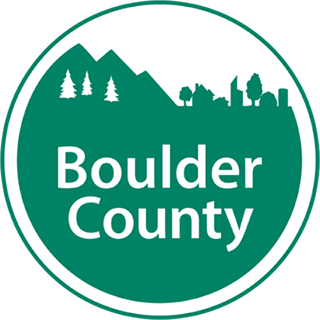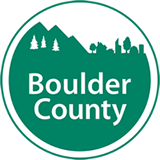Boulder County annually approves capital and stewardship projects for Parks & Open Space.
Projects
Capital improvement and stewardship projects are prioritized through a process that starts with the department’s internal strategic plan. Each workgroup identifies projects for the upcoming year based on their strategic priorities. Proposed projects are ranked based on strategic alignment and a variety of additional factors.
Capital improvement projects flow from management plans and master plans adopted by the Board of County Commissioners following a public process. Additional factors are priorities in the department’s 2025 Strategic Focus, purchase agreements, intergovernmental agreements, and requests from communities and the public.
Stewardship projects come from the Stewardship Fund, a new funding opportunity created in 2021 as a result of the department’s internal strategic planning efforts. This funding is designed to help address maintenance backlog and strategic projects that are over and above normal operating budgets.
2023 Projects
Boulder County Parks & Open Space requested $4.4 million from county open space sales tax revenues to fund 34 capital and stewardship projects. Each year, the department prioritizes capital and stewardship projects based on the department’s 2025 strategic lenses (Cultural Relevance and Inclusion, Resilience, Maintenance Backlog, and Safety), community requests, management plan commitments, funding, readiness, and other practical considerations. Thanks to grants and partner contributions, the department is able to leverage the $4.4 million county investment by nearly $8 million for a total capital and stewardship budget of over $12 million.
2024 Projects
On Tuesday, Dec. 5, the Parks & Open Space Advisory Committee (POSAC) voted to recommend approval of the 2024 Capital and Stewardship projects with the condition that the $500,000 requested for Prairie Run be conditional on approval of the Prairie Run Site Management Plan.
On Thursday, Dec. 14, staff will propose the 2024 projects to the Board of County Commissioners.
- 2024 Capital and Stewardship Projects Memo to POSAC
- 2024 Capital and Stewardship Projects Public Hearing
Annual Open Space & Trail Requests
Each year the county invites the municipalities of Boulder County to submit requests for open space and trail projects. This is an opportunity to continue exploring and expanding partnerships on open space acquisitions and trail projects.

